Somorrostro, Barcelona's forgotten seafront shanty town
Now a popular tourist beach, up to 15,000 lived in slum
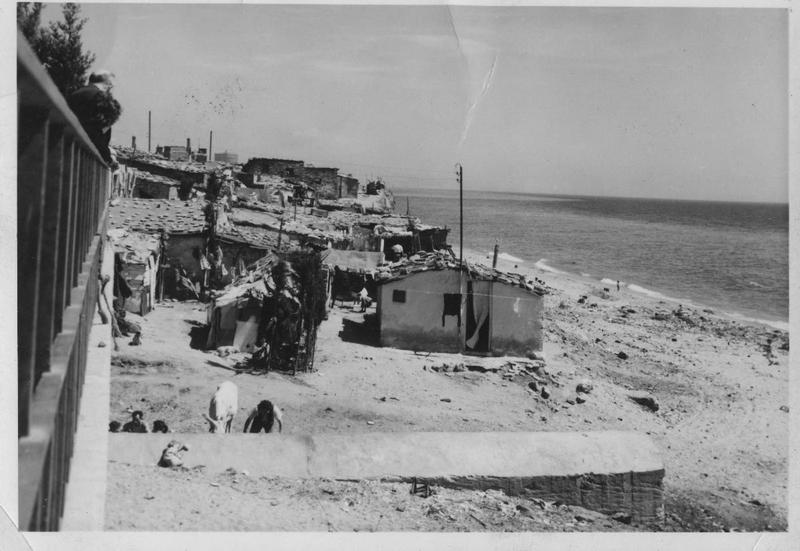
Go to Barcelona's Somorrostro beach on any summer day and you'll find hoards of people basking in the sun to the sound of children playing in the waves as street vendors try to sell everything from beer to mojitos or even donuts.
Beside the seafront neighborhood of the Barceloneta, today its fancy nightclubs and fine dining restaurants are a hit among tourists and locals alike who, for the most, part are blissfully unaware of the beach's past.
Impoverished Spaniards in search of work
It is not entirely clear how Somorrostro got its name, but some have hypothesized it could have been named after the Basque Country's Somorrostro Valley by Basque fishermen who moved to the area in the 1850s. In any case, precarious dwellings began to spring up along the Barcelona coast - and other parts of the city - at the end of the 19th century as economic migrants from more impoverished regions in Spain, such as Andalusia, moved to the industrialized Catalan capital in search of opportunity.
"There was work in Barcelona, but there was no housing," Alonso Carnicer, a journalist for Catalan public broadcaster TV3, explained in a recent interview with Catalan News. Makeshift homes were built haphazardly, leaving inhabitants at the whim of the authorities, who would periodically demolish them, and at the mercy of the frequent storms that would batter them every spring and fall.
Carnicer, who co-directed 'Barraques. Ciutat Oblidada', a 2010 documentary about Barcelona's slums that is available for free online - and with English subtitles - noted that residents lived "in total squalor, in very bad conditions with no water, no sanitation, and no electricity."
"The hardship and the suffering they went through was enormous."
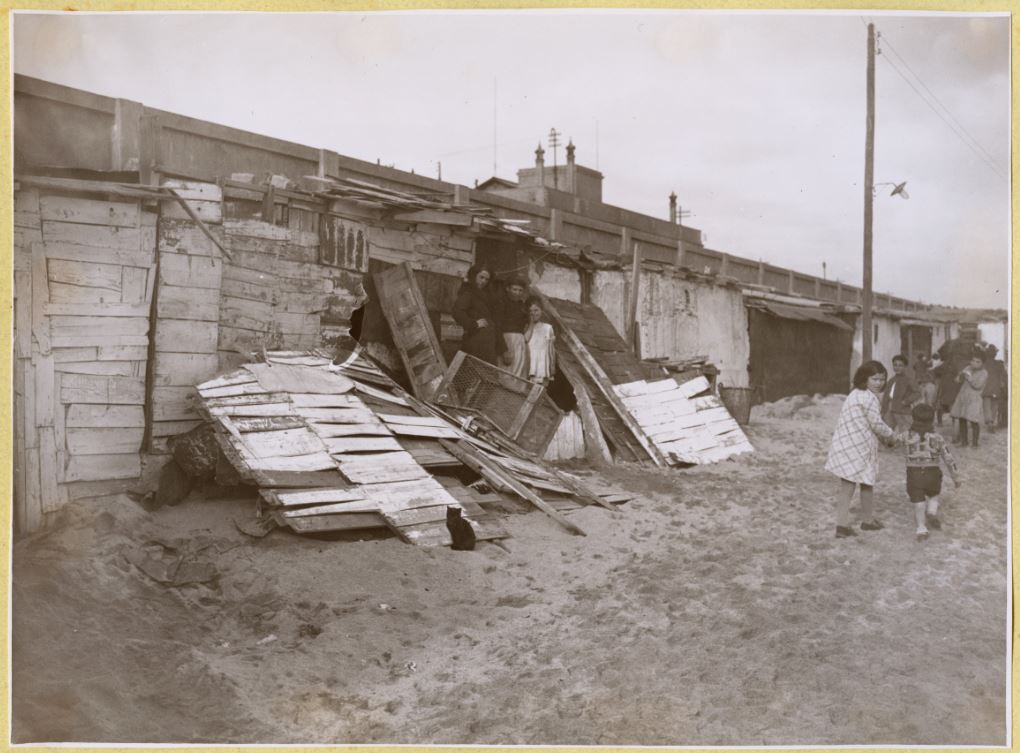
Home to a sizable Romani community and the birthplace of famous flamenco dancer Carmen Amaya, Somorrostro grew over the years - with the exception of the Spanish Civil War (1936-1939) as it was the target of frequent bombing campaigns - and by the mid-20th century, some 15,000 people lived on the edge of the Passeig Marítim promenade between Hospital del Mar and the Bogatell stream in Poblenou, which was used as a dump.
Somorrostro, however, was hardly an anomaly. Although outsiders rarely ventured inside them and residents rarely spoke of them beyond their confines, Barcelona's various slums were home to 100,000 people by the late 1960s - around 7% of the city's population. Other sizable shanty towns included those on Montjuïc hill, parts of Avinguda Diagonal, 'Els Canons' in the area now known as the Carmel bunkers, or La Perona.
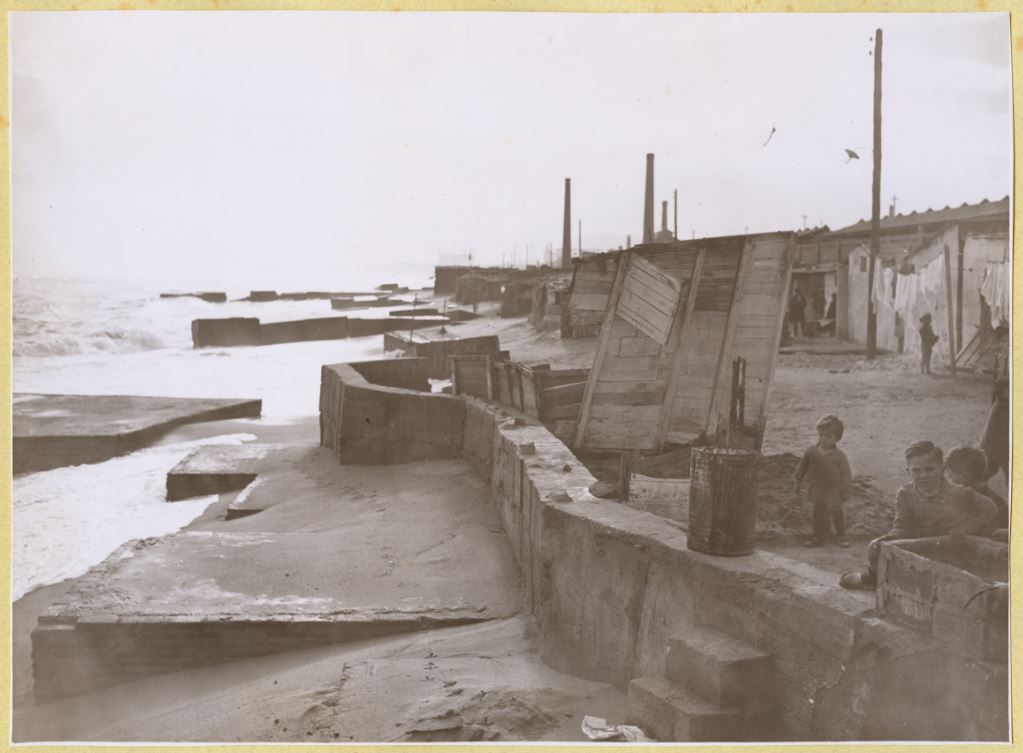
Economic and political migrants
While Somorrostro and other shanty towns started out exclusively as lodging for poor migrant workers, at the height of the Franco dictatorship that was no longer the case.
"We found that a very large number of the stories of these migrants were related to repression that they or their families had experienced in their hometowns because they were the losers of the Civil War," Carnicer recounted.
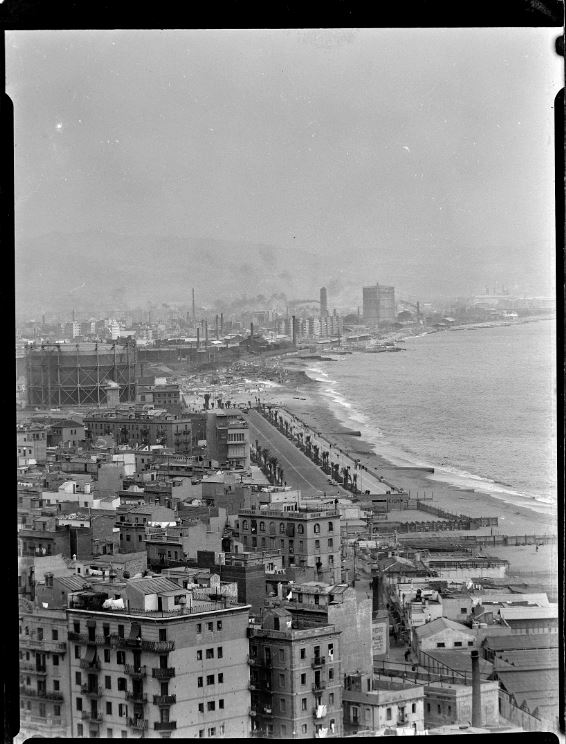
Many small-town Republicans and their families, who faced persecution and discrimination in their places of origin, moved to big city slums for the relative freedom their newfound anonymity granted them. And yet, shanty towns were also looked upon with suspicion by the authorities as they knew inhabitants were often not only poor, but also anti-Francoists.
Police squads would frequently terrorize the residents, tearing down huts at random, and some 15,000 people were even forced onto trains and deported to other parts of Spain.
"But before that, they were confined in a place on Montjuïc, which was called 'El Palacio de las Misiones', which belonged to the International Exposition of 1929," Carnicer said. "Nobody knew where they were, what was happening to them, and they could spend weeks there until somebody discovered where they were and claimed them."
In one week, a century of history was erased
Barcelona's last shanty towns were demolished just over 30 years ago, in time for the 1992 Summer Olympics, but Somorrostro came to an abrupt end many years earlier. Considered unsightly by the authorities, the entire neighborhood was razed in 1966 ahead of Franco's visit to the Catalan capital for a display of the country's naval might. Residents were relocated to newly built apartments on the outskirts of the city where many working class neighborhoods exist to this day.
"They were going to perform an exercise, a kind of Normandy beach landing on this beach," Carnicer said. "In one week, a century of history was erased."
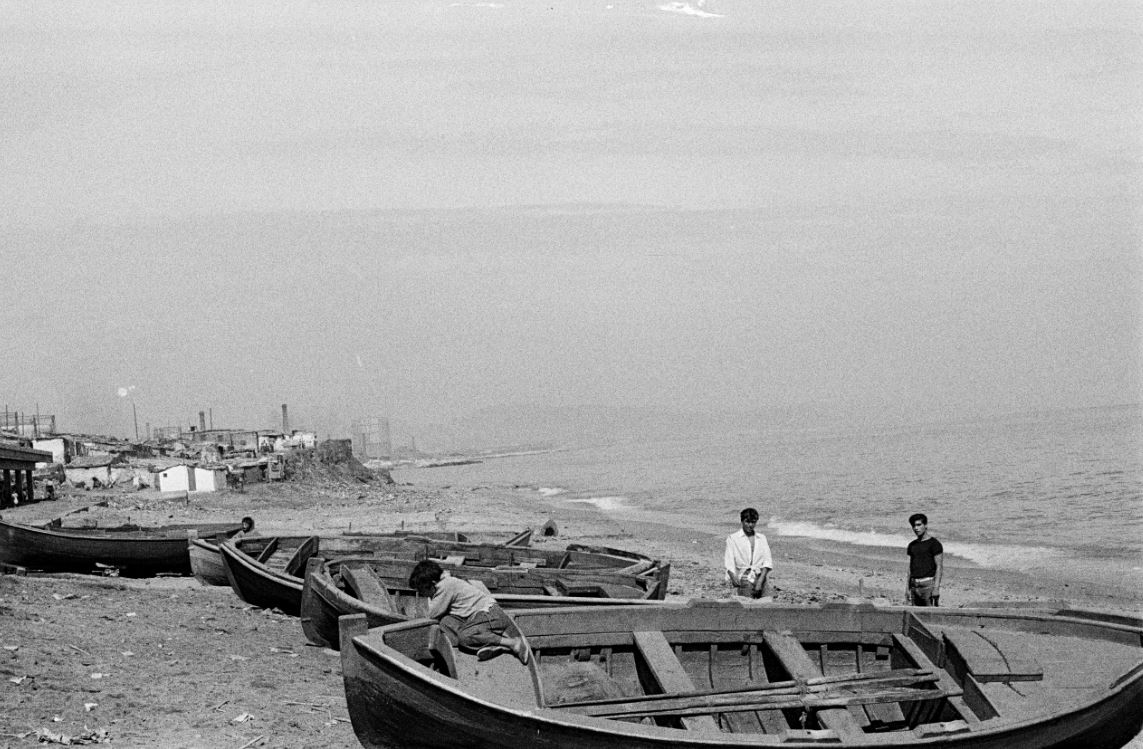
Remembering the past
Years later, many first-hand accounts of life in Barcelona's slums as well as troves of archival information were rediscovered thanks to the efforts of academics, namely geography professor Mercè Tatjer and her students. This served as the foundation of a Barcelona History Museum exhibit on the subject as well as the documentary Carnicer co-directed with Sara Grimal.
According to Carnicer, the Barcelona History Museum exhibit was the "first time the shanty towns were a subject of history."
"It really felt as if it were a first act of restitution, of acknowledgment of what it had been, what this part of the history of the city had been," he said.
His documentary had a similar impact, prompting hundreds of people to write him and Grimal letters telling them "how moved they were by what they had seen." Many questioned why they had never heard about the shanty towns, and those who had lived in them questioned why there was no longer any sign of their existence. Because of this, the journalists approached the local authorities to ask that the beach be renamed.
A year after their documentary came out and over 40 years after the slum was torn down, the council officially renamed the beach Somorrostro, honoring the people who lived there in poverty for so many years. A plaque that was put up in 2014 also commemorates the beach's history, reminding those who spot it among the many beachgoers and passersby of what the place once was.
"An awful lot of shanty town residents have children and grandchildren who are related to this phenomenon, so something had to be done to make this visible. And I think that, on the whole, we can be quite satisfied that this has been done."